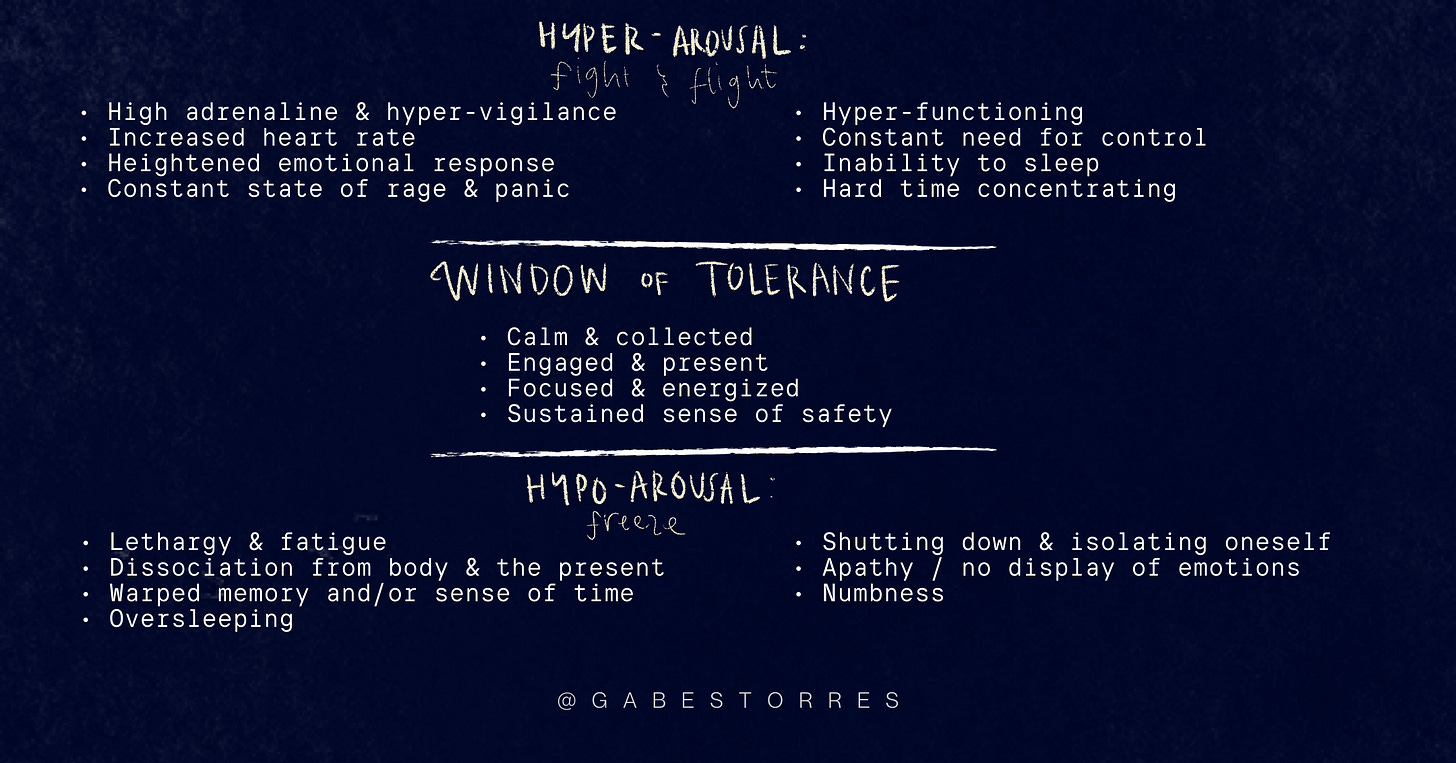Hey friend,
I’m speaking at a virtual summit with fellow justice-focused psychotherapists and practitioners who take the intersection of psychotherapy and collective liberation to a different, more generative level.
This is a complex yet necessary intersection, as the world of mental health and psychology has always served as a pillar of systemic oppression.
Leaning into Liberatory Practice: Bringing Love & Relationality Into Therapy | VIRTUAL SUMMIT | THERAPISTS INTEGRATING ANTI-OPPRESSIVE PRACTICE | September 23-27, 2024
I am thrilled by the lineup of fellow speakers for this event. I trust them in their respective practices and commitments towards radicalizing therapy and collective healing.
Early bird rate of $67 will end September 23, after which participants can sign up for $97. If you can, please use this specific link to register: https://gabestorres--reflectingonjustice.thrivecart.com/summit2024/
See you there, and…
.. here I go again, reinterpreting a model of psychotherapy. Is this a facet of shapeshifting?
According to Dr. Dan Siegel, the Window of Tolerance is "the optimal zone of arousal where we are able to manage and thrive in every day life.”
This model shows that when a person's window is wide, they have the capacity to stay centered in the present moment and make informed and conscious decisions rather than being in a constant state of threat and trauma.
Having a wider window makes life — in all the changes and trials ahead — feel more bearable... or rather, more tolerable.
On the other hand, those who have endured severe and/or perpetual trauma have a narrower window. The narrower the window, the more a person is in a constant state of threat, making it achingly challenging to be in the present moment.
They live as though the sources of past danger or threat continue to lurk nearby. When a person is outside the window, they go into hyper-aroused (fight and flight) or hypo-aroused states (freeze).*
*Hyper- and hypo-arousal do not necessarily mean sexual arousal. Instead, they refer to states of being activated or triggered, where the person goes outside the window and in crisis mode.
The Window of Tolerance is a helpful model that provides language to a person's everyday experiences. It can also serve as a tool to assess a person’s capacity for ‘effective functioning’ or level of engagement by locating where they are in or around the window:
"Are they outside the window or at the threshold?"
”How might we bring them back inside the window?”
“How do we expand the window?”
However, just as every other paradigm or theory that attempts to explain the human experience, there are limitations to the model when we engage with it from a politicized or systemic lens.
The predominant goal of most psychologists and mental health practitioners is to help the trauma survivor practice the self-help techniques that expand the window and/or return inside the window, which allows the body to self-regulate enough not to get hyper- or hypo-aroused.
In doing so, the clinician helps the patient re-train the mind and body to go back to the present moment where that the sources of past threat or danger are no longer there.
However, this doesn’t apply to the people of marginalized identities where the sources of threat or danger are not just in the present, but are also located and detected almost everywhere.
Marginalized folks — especially Black, Brown, Indigenous, trans, and disabled folks — are on constant survival mode.
Their heightened responses to protect and defend themselves are appropriate responses to the level of threat and danger they face from the everyday realities of racialized harm and violence, queer- and transphobia, ablelism, exploitation, anti-immigrant policies and cultures, and a system designed to benefit privileged folks at the expense of the lives, safety, and flourishing of everyone else.
Sure, having more self-care tips, grounding exercises, meditative practices, etc. can be helpful, but these tools are not going to interrupt the very system that continues to inflict suffering and harm on the marginalized.
When we politicize our practices and models of trauma and healing, we learn not to solely depend on the individual-focused techniques that alleviate the pain and distress, but to also mobilize and collectively organize ongoing disruptions:
To disrupt the systemic root causes of the threats and dangers that target the oppressed.
May we also aim for a state of being deeper and more expansive than mere tolerance.
Instead of a Window of Tolerance, what if we play a bit and consider:
the window of creative presence
the doorway to sacred safety
the ecology of greater intimacies with self and beyond
the womb of becoming
the stream towards belonging
the portal to wholeness and possibility
What do you think? :)






